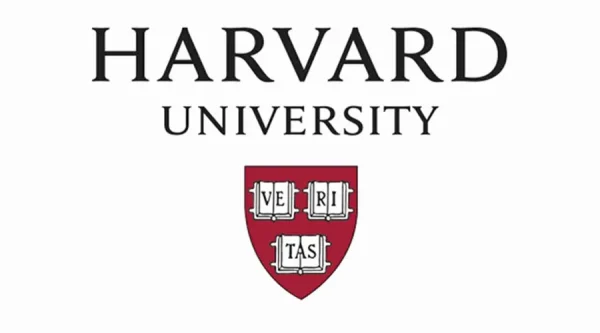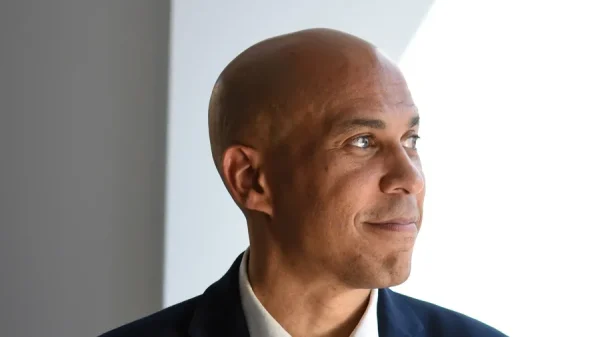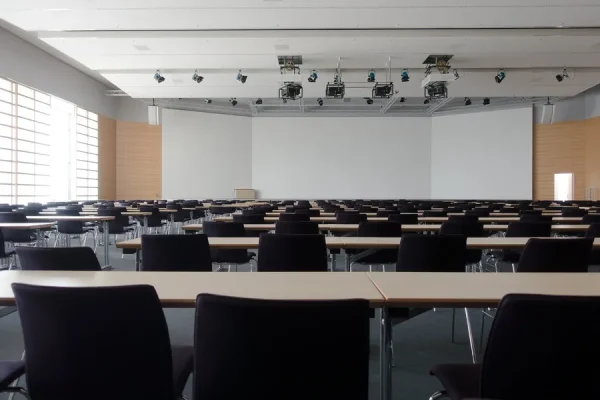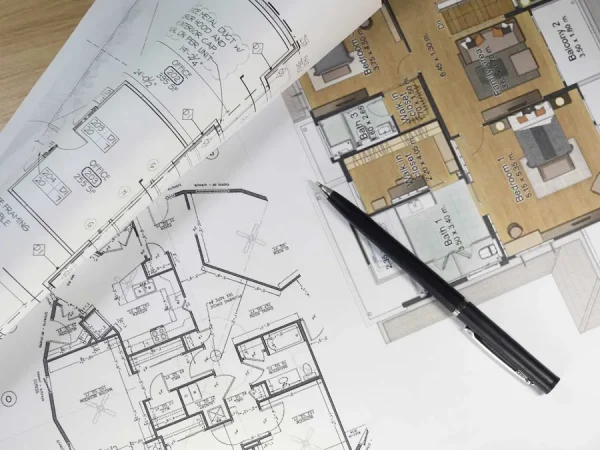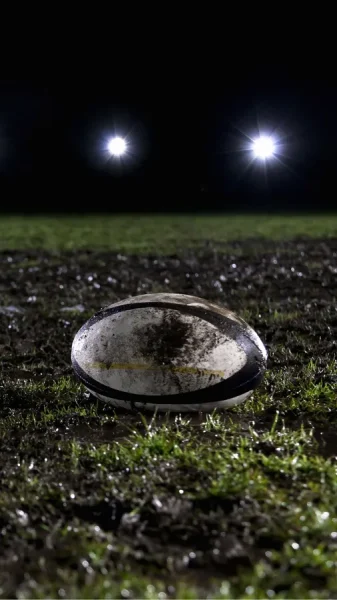PHS begins its transition to blended learning
After 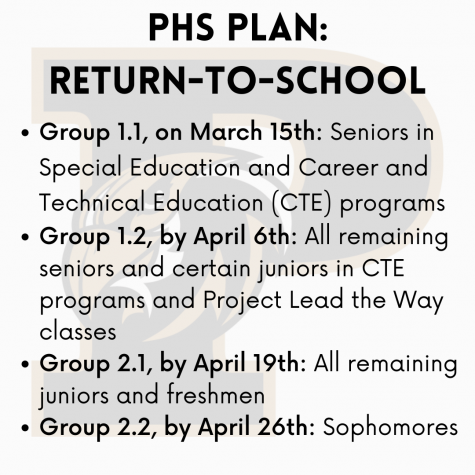 months of heated discussion and planning, Montgomery County Public Schools began the process of transitioning to in-person schooling on Monday, March 1.
months of heated discussion and planning, Montgomery County Public Schools began the process of transitioning to in-person schooling on Monday, March 1.
Based on the MCPS four-group schedule for return, most Secondary Schools, including Poolesville High School, began to see students return as a part of Group 1.1 on March 15, beginning the transition to a new blended model schedule. The blackout date for selecting in person or virtual was Feb. 26; however, as soon as their group has returned to school, students can select to go from in-person to virtual at any time.
In this new blended schedule, high school classes have continued to start at 9:00 AM, but official student intervention and support time for high school students has been moved to the morning, between 7:45 AM and 8:45 AM. The school day schedule has largely remained the same, with rotating days of four, hour-long classes, and an asynchronous day on Wednesday. However, lunch is now approximately 10 minutes shorter in order to accommodate for 2:30 PM dismissal. Additionally, beginning by April 6, students who opt-in will be in the building on a rotating weekly schedule, alternating between two groups, the Black and Gold group and the Falcon group, each week.
The overall plan is to phase in more students as COVID rates are projected to decrease, with current CDC predictions having Montgomery County at over 500 cases per 100,000 by April 1. However, the CDC return-to-school guidelines, outlined on MCPS’s COVID dashboard, point out that the MCPS case rate as of March 17, 74.2 cases per 100,000 in the last 7 days, puts MCPS into what has been defined as the “Substantial Transmission” threshold for reopening, meaning that there is a moderately high risk of infection in schools. Although there has been a significant decrease in the number of positive test results, such high numbers of reported cases are worrying to many, including teachers.
“[At the county level, teachers] want to go back as long as it’s safe,” Mr. Dan Savino, Montgomery County Education Association (MCEA) Representative, and PHS Physics teacher said, “That’s really it. If it’s safe, we go back.”
As a representative for the County-level teacher’s union, the MCEA, Savino stressed the importance of sticking to data and following the science of the situation. The MCEA’s number one concern about returning to school is the safety of buildings, including worries about air turnover rate, access to windows, social distancing, and contact tracing). During a board meeting on Feb. 23, as teachers from across the county protested the return plan outside MCPS headquarters, the board addressed some of these safety concerns. As of that board meeting, MCPS is looking to partner with more health groups to expedite teacher vaccination, are implementing the American Society of Heating, Refrigerating and Air-Conditioning Engineers (ASHRAE) standards for ventilation, and have created a system for COVID testing and contact tracing among students.
Returning students and staff have been required to provide a weekly health attestation, certifying that they have not had any symptoms or been in contact with someone with COVID. Students also will have the option to be a part of random, asymptomatic testing. The testing is voluntary, but will be helpful in monitoring case rates and providing accurate contact tracing information.
In addition to testing, individual schools have changed their sanitation practices, with building service sanitizing much more frequently. At PHS, Principal Mark Carothers and administrators have planned sanitation schedules and techniques. PHS students may be responsible for wiping down their desks at the end of each class period and ensuring that they stay at least six-feet apart in hallways. To aid with social distancing, Carothers is optimizing the fifteen-minute breaks between classes to keep hallway traffic to a minimum, and creating a clear traffic pattern through larger areas. Restrooms and hallways are monitored in order to prevent congregation and mitigate traffic flow. There is also no material sharing, meaning that students are responsible for keeping track of their belongings.
“All materials that you are going to be using need to be brought with you and leave with you,” Carothers explained.
Aside from safety, another concern that both teachers and students continue to have is about what in-person classroom instruction will look like. Currently, there are three main models that are being implemented at the Secondary level:
- The Support-to-Virtual Model: Virtual and in-person students will access their instruction online, with all students receiving instruction from teachers on Zoom (even from the same room)
- The Simultaneous Model: Virtual students and in-person students will be receiving in-person instruction at the same time with two staff members in the room- one teaching, and another monitoring Zoom
- The Direct Model: Closer to “traditional” schooling, a teacher in a room with only in-person students
These models may be mixed throughout the day and even within a single class period. For instance, for most of their instruction, students may be a part of support-to-virtual, but during breakout rooms, it may feel more like a direct instruction model. In-person students will always have the opportunity to interact with their peers and teachers in the classroom, but it will still look different from a traditional class. Ultimately, the goal is to provide equal support and opportunities to students both in-person and online.
“Even when we get through all of the phases, at any given point on any given day, 75% or more of our students will be accessing their instruction virtually,” Carothers said. “We’re going to be working hard to make sure the students in the building are getting quality instruction, but it can’t be at the detriment of the 75% of students who can’t be in the building.”
The next few months are going to bring significant changes, and Carothers encourages students to reach out to their counselor, administrator, or even himself with any questions or concerns. Helping students adjust to the new schedule, whether they are in-school or virtual is a priority. But, even with the uncertainty, staff and students are somewhat optimistic.
“I’m concerned about there not being quality ventilation, and students being reckless,” junior Sarah Frazin said, “But, I feel a lot better about the reduced number of people, and I’ll be glad to interact with my peers again.”
Sophia Brandt is a senior in the Global Ecology Program at Poolesville High School. This is her second year with The Pulse, and she is honored to be editor-in-chief...



